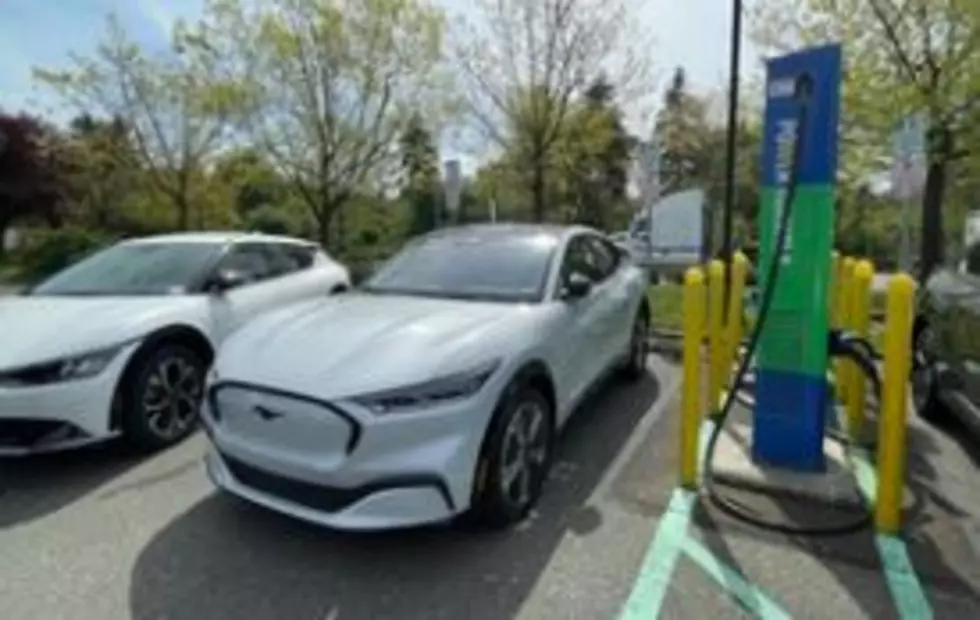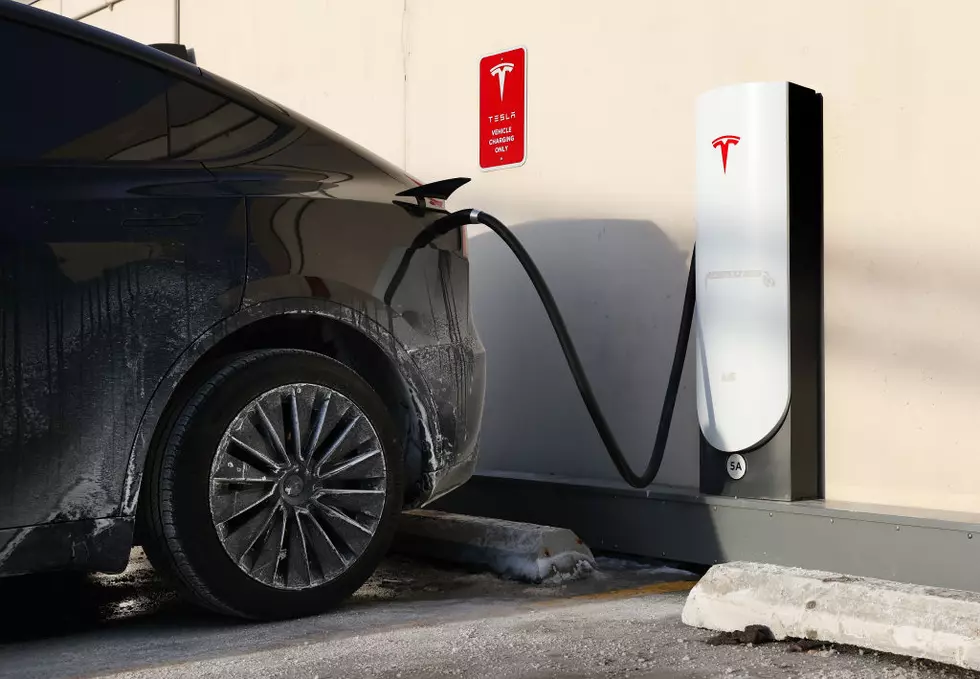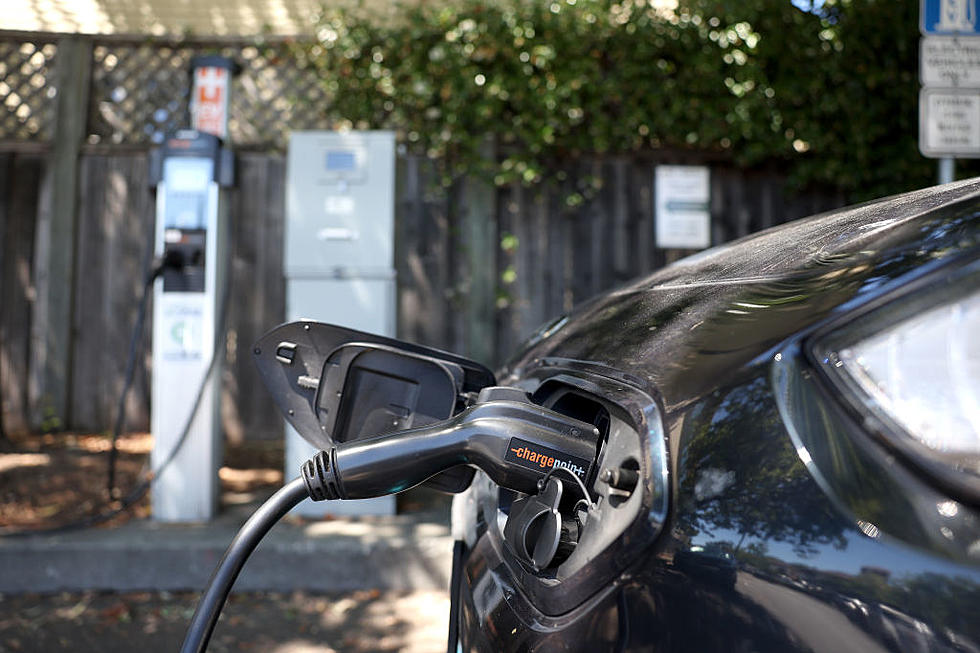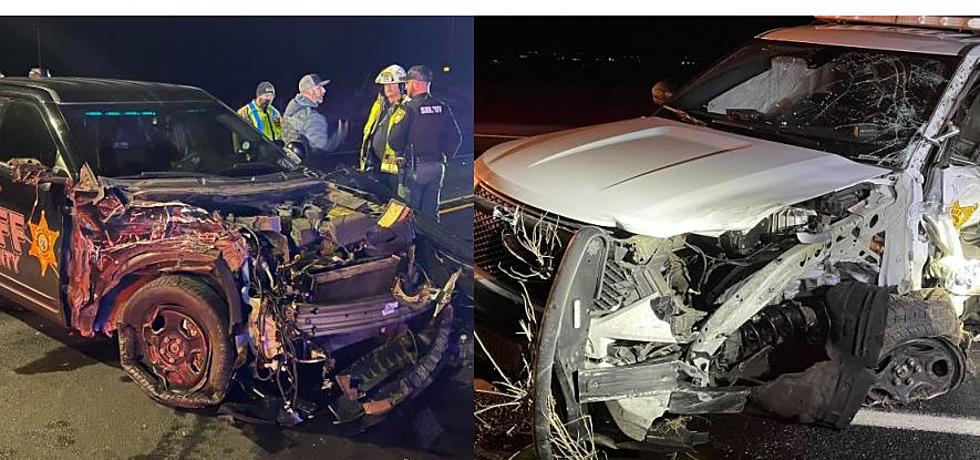
Experts Say Technology Can’t Keep Parents From Leaving Children in Hot Vehicles
With the recent rash this summer of child and infant fatalities from being left in hot vehicles, numerous technology devices have come out claiming to help parents "remember." But according to leading child-safety experts, these devices have not shown they work. Officials from the NHTSA (National Highway Transportation Safety Administration) say at least 18 different devices - including some integrated into the vehicle's operating systems - don't work.
The NHTSA tested numerous devices that are currently available, but they did not serve as a complete reminder for parents that their child was in the car, especially a car seat. From an NBC Report:
Dr. Christy Arborgast of the Children's Hospital of Philadelphia led the NHTSA research and...
"Reviewed every product they could find: pads that sense if a child is in his or her carseat; devices that detect whether the seatbelt is buckled; chest clips that attach to the restraint; sensors that can tell if the back door was opened; and alarms that remind parents to check. They thoroughly tested three of the devices.
'The devices were inconsistent and unreliable in their performance,' they wrote in their report, commissioned by NHTSA and released on Monday."
In some cases, cell phones interfered with operation of the technology, or alarms that were supposed to be set were forgotten. A frazzled, busy, tired or running-late parent is all-to prone to forgetting their infant or child and the problem is compounded by children often falling asleep in their seat. When the parent exits the vehicle, the sleeping child doesn't call attention to being left behind.
Since 1998, federal officials report, 527 children have died from heat-related issues after being forgotten in vehicles -- 33 last year alone.
The report and advice from Dr. Arborgast suggest the following ideas for making sure you don't forget your little on in the backseat, or car seat.
- Leaving a teddy bear or other toy in the front seat as a reminder.
- Putting the parent’s purse or briefcase in the back seat, forcing the driver to open the back door and see the child.
- Setting an alarm on the cellphone to remind a parent to check on the child’s location.
- Having a routine with the child’s caregiver. “If it is well-established that when your child shows up in the morning, if they don’t show up within 10 minutes of that time the daycare provider calls you or sends a text,” Arbogast suggested.
More From 870 AM KFLD









